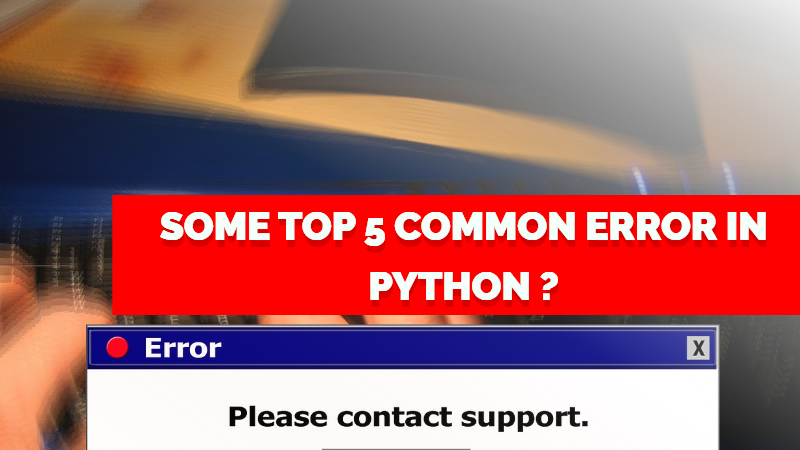
Certainly, here are five common errors that developers often encounter when working with Python:
- SyntaxError:
- This error occurs when the Python interpreter encounters code that does not follow the correct syntax rules. It could be due to missing parentheses, incorrect indentation, or mismatched quotes.
- NameError:
- A NameError occurs when a variable or name is used that hasn’t been defined in the current scope. This can happen if you mistype a variable name or use a variable before it’s assigned a value.
- TypeError:
- A TypeError occurs when you try to perform an operation on objects of incompatible types. For example, trying to concatenate a string and an integer can result in a TypeError.
- IndexError:
- An IndexError occurs when you try to access an element from a sequence (like a list or a string) using an index that is out of the valid range. For instance, attempting to access an element at an index that doesn’t exist in the list.
- ValueError:
- A ValueError occurs when a function receives an argument of the correct type but with an invalid value. For example, trying to convert a string to an integer when the string doesn’t represent a valid number.
These are just a few examples of common errors in Python programming. Understanding these error types and how to debug and resolve them is an essential skill for any Python developer.
